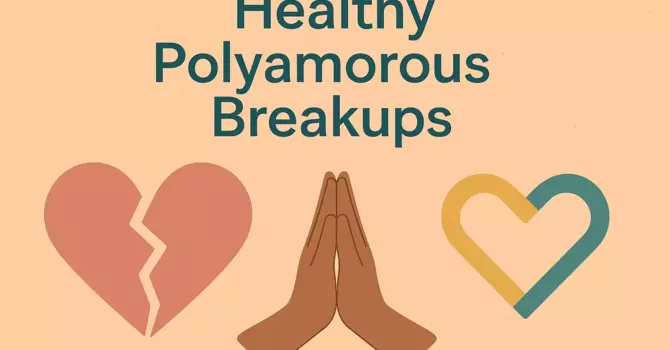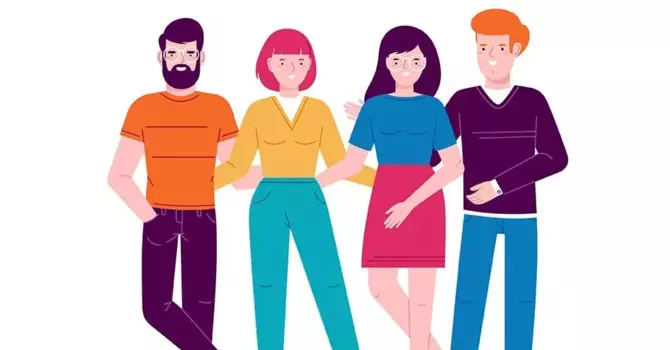
Queer and Polyamorous Families: Legal and Social Challenges
As the face of relationships continues to change, queer and polyamorous families emerge into distinct and vibrant communities. These families, often made up of multiple partners and members from the LGBTQIA+ spectrum, face unique legal and social challenges that traditional families may not have to encounter. From navigating legal systems that fail to recognize diverse family structures to managing societal perceptions and prejudices, the journey for queer and polyamorous families can at once be an empowering and frustrating one.
Legal Challenges for Queer and Polyamorous Families
Legal recognitions of relationships and family structures are some of the most salient barriers facing queer and polyamorous families. Most legal systems still maintain a close affinity with the traditional family model, notably the nuclear family consisting of mother, father, and children. This has brought about the inability of non-monogamous or queer families to access the same legal protections and rights regarding such things as inheritance rights, child custody, and healthcare decisions.
The path to parental rights in queer families is somewhat complicated in that same-sex couples have to go through an adoption process at times so that both parents can be recognized legally as guardians of their children. Even where same-sex marriage is legal, the legality of non-biological parents is still somewhat murky and often requires complex legal maneuvers such as second-parent adoption or joint custody agreements.
The challenges are even more complicated for polyamorous families when it comes to their legal recognition. Since most of the legal systems do not acknowledge polyamory as it refers to consensual non-monogamous relationships, these kinds of families may face basic rights taken for granted by traditionally traditional families. A polyamorous family may have several parents in the relationship, but only one or two of them are recognized legally as the parents of the children in the family, therefore creating issues with custody, medical decisions, and inheritance.
Worse yet, however, is the legal inability of polyamorous individuals to be recognized as family members in some cases. Suppose one partner of a polyamorous relationship gets hospitalized; visitation rights and medical decisions might be hard or impossible for other partners to have, though they are also actively engaged in the life of the person.
Beyond the legal complications, both queer and polyamorous families face a great deal of social challenges. Much of the social issues are deeply seated in prejudices and societal norms. Members of both the queer and polyamorous communities often find themselves victims of social stigma. Social stigma often manifests in judgments, discrimination, and misunderstandings on the part of the general public, including those in conservative or traditional families.
Most often, polyamorous families find themselves negotiating hard conversations with friends, family, and coworkers because most may not understand or accept their form of relationship structure. Even with greater visibility for non-monogamous relationships, so many people conduct life as if monogamy were the only accepted relationship model. This situation might cause feelings of isolation and exclusion to well up in polyamorous families because they won't go around sharing in public about their family dynamics.
Similarly, queer families-those that do not meet heteronormative expectations-may be shunned or judged. Commonly, queer parents are stereotyped as innately inadequate parents, and have to prove themselves good enough parents. They also have to often negotiate through schools where teachers or the school administrators fail to understand their family configuration and commit micro-aggressions or discriminatory behavior.
**Support and Resources**
Nonetheless, queer and polyamorous families are resilient, and ways were found somehow to create communities for the diverse supportive family structures. Various legal interest groups enter into tireless efforts; the struggle for polyamorous recognition and LGBTQIA+ family rights is pressing for changed laws that would afford the families greater protection.
Besides, queer and polyamorous families create their support networks, which may include friends, chosen family, and community organizations that understand the particular dynamics of their families and allow space for connection and mutual support.
Conclusion
The following are some examples of proof that relationships and families do evolve: queer and polyamorous families. Yet, they still are victim to many serious legal and social difficulties for which more advocacy and education are needed. By embracing the challenges, we look forward to a future where all types of families shall receive the recognition due to them from law and society, whatever their nature. These are families that continue to grow and flourish, contributing in their own way to what family is all about.
https://inclusivetherapygroup.com/blog/queer-and-polyamorous-families





